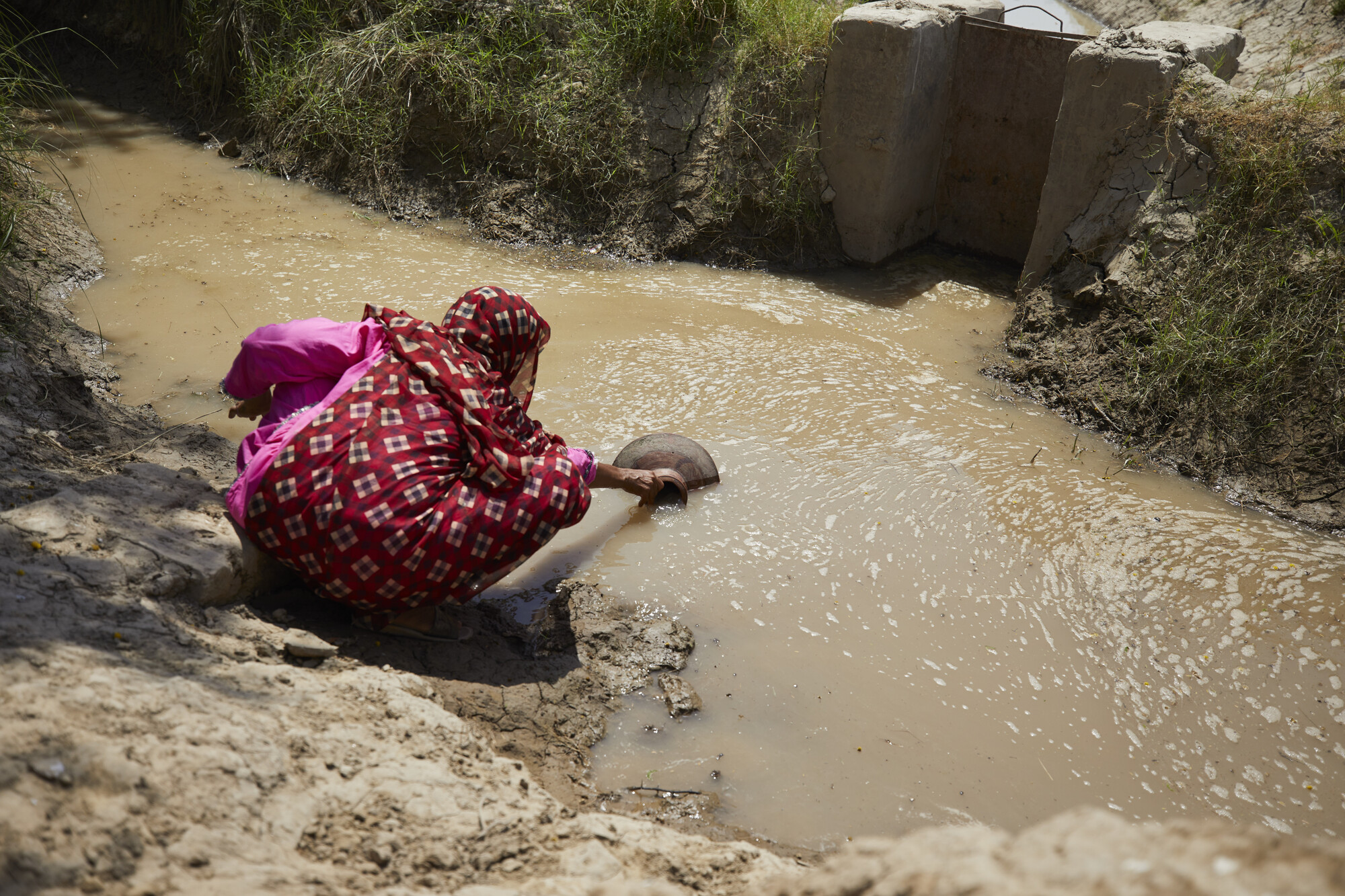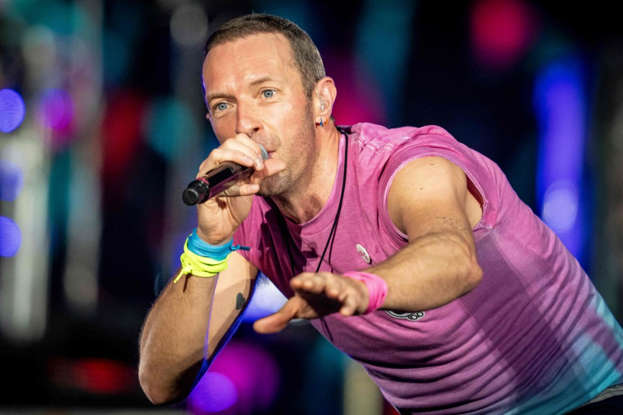The Devastating Effects Of Climate Whiplash On Cities Around The World

Table of Contents
Infrastructure Damage and Economic Burden of Climate Whiplash
Devastating Impacts on Urban Infrastructure
Climate whiplash inflicts significant damage on urban infrastructure. The rapid succession of extreme weather events overwhelms the resilience of cities, leading to substantial and costly damage.
- Flooding: Overwhelmed drainage systems, collapsed roads, and damaged bridges are common consequences, disrupting transportation and access to essential services.
- Heatwaves: Extreme heat damages roads and railway lines, causing buckling and potentially catastrophic failures. Power grids struggle to cope with increased demand for air conditioning, leading to outages.
- Wildfires: These events destroy homes, critical infrastructure, and vital green spaces, leaving cities vulnerable to further damage from subsequent storms and floods.
- Storms: High winds and torrential rain cause widespread damage to buildings, power lines, and transportation networks, often requiring extensive and costly repairs.
Cities like New Orleans, frequently battered by hurricanes, and Houston, repeatedly hit by devastating floods, exemplify the vulnerability of urban infrastructure to climate whiplash. The economic costs of repairing and rebuilding after such events are staggering, often exceeding billions of dollars and placing a significant strain on local and national budgets. The disruption of essential services—water, electricity, and transportation—further exacerbates the economic impact, causing widespread business closures and impacting employment.
Economic Instability Caused by Extreme Weather
The economic consequences of climate whiplash extend far beyond the immediate costs of repairs. Businesses face significant disruptions, impacting productivity and potentially leading to closures. The tourism sector, a vital component of many city economies, suffers considerable losses due to damage to attractions and the cancellation of events. The strain on local governments' budgets is immense, diverting resources from other crucial services and potentially leading to increased debt. Insurance costs skyrocket as insurers grapple with the increased frequency and severity of extreme weather events. Ultimately, climate whiplash contributes to economic instability and threatens the livelihoods of countless city residents. The displacement of populations due to damage and unlivable conditions only adds to the economic burden.
Public Health Consequences of Climate Whiplash
Increased Mortality and Morbidity
Climate whiplash poses a significant threat to public health. The rapid succession of extreme weather events leads to a sharp increase in both mortality and morbidity.
- Heat-related illnesses and deaths: Prolonged heatwaves, often followed by sudden downpours, create dangerous conditions that overwhelm the human body, leading to heatstroke, dehydration, and even death. Vulnerable populations, such as the elderly and those with pre-existing conditions, are particularly at risk.
- Spread of infectious diseases: Flooding contaminates water sources and creates breeding grounds for disease-carrying vectors like mosquitoes, increasing the risk of waterborne illnesses and vector-borne diseases.
- Mental health impacts: The repeated trauma of experiencing extreme weather events takes a toll on mental health, leading to increased anxiety, depression, and post-traumatic stress disorder (PTSD).
Strain on Healthcare Systems
Climate whiplash events severely strain healthcare systems, overwhelming emergency services and healthcare infrastructure. Hospitals and clinics may struggle to cope with the influx of patients suffering from heatstroke, injuries, and infectious diseases. The disruption of essential services, including electricity and transportation, further complicates the provision of healthcare. The most vulnerable members of society—children, the elderly, and those with chronic illnesses—are disproportionately affected by the strain on healthcare resources.
Adaptation and Mitigation Strategies for Climate Whiplash
Urban Planning and Infrastructure Resilience
Adapting to climate whiplash requires a fundamental shift in urban planning and infrastructure design. Investing in resilient infrastructure is crucial to lessen the devastating impacts of extreme weather events.
- Green infrastructure: Implementing green roofs, permeable pavements, and urban green spaces helps manage stormwater runoff, reduce urban heat island effects, and improve air quality.
- Early warning systems: Investing in advanced weather forecasting and early warning systems allows for timely evacuations and preventative measures, reducing the impact of extreme events.
- Building codes: Implementing and enforcing building codes that incorporate resilience to extreme weather, such as stronger structures and improved flood protection, is crucial to safeguarding buildings and lives.
Global Collaboration and Policy Changes
Addressing climate whiplash demands concerted global action to mitigate climate change and adapt to its inevitable impacts.
- International cooperation: Collaboration between nations is critical to develop and implement effective climate policies and share best practices for adaptation and mitigation.
- Greenhouse gas emission reduction: Reducing greenhouse gas emissions through the transition to renewable energy sources and improved energy efficiency is paramount to slowing climate change and reducing the frequency and intensity of extreme weather events.
- Investment in renewable energy: Investing in renewable energy sources such as solar, wind, and geothermal power is critical to decoupling economic growth from carbon emissions.
Conclusion
Climate whiplash is inflicting devastating damage on cities worldwide, causing significant infrastructure damage, economic instability, and severe public health challenges. Combating climate whiplash requires immediate and decisive action. Mitigating the effects of climate whiplash is crucial for the safety and well-being of urban populations. We must collectively address the devastating effects of climate whiplash through a combination of resilient urban planning, investment in green infrastructure, and ambitious global efforts to reduce greenhouse gas emissions. Failure to address climate whiplash will lead to irreversible damage to our cities and threaten the future of our planet. Let's act now to build more resilient and sustainable cities for future generations.

Featured Posts
-
 Life Or Death Iconic Rock Bands Glastonbury Future
May 31, 2025
Life Or Death Iconic Rock Bands Glastonbury Future
May 31, 2025 -
 Strategic Investment Guide Mapping The Countrys Emerging Business Hotspots
May 31, 2025
Strategic Investment Guide Mapping The Countrys Emerging Business Hotspots
May 31, 2025 -
 Ex Nypd Commissioner Bernard Kerik Hospitalized Full Recovery Expected
May 31, 2025
Ex Nypd Commissioner Bernard Kerik Hospitalized Full Recovery Expected
May 31, 2025 -
 Suge Knight Wants Diddy To Testify A Plea For Humanization
May 31, 2025
Suge Knight Wants Diddy To Testify A Plea For Humanization
May 31, 2025 -
 A Taste Of Tradition Staten Islands Nonna Restaurants And Their Recipes
May 31, 2025
A Taste Of Tradition Staten Islands Nonna Restaurants And Their Recipes
May 31, 2025
